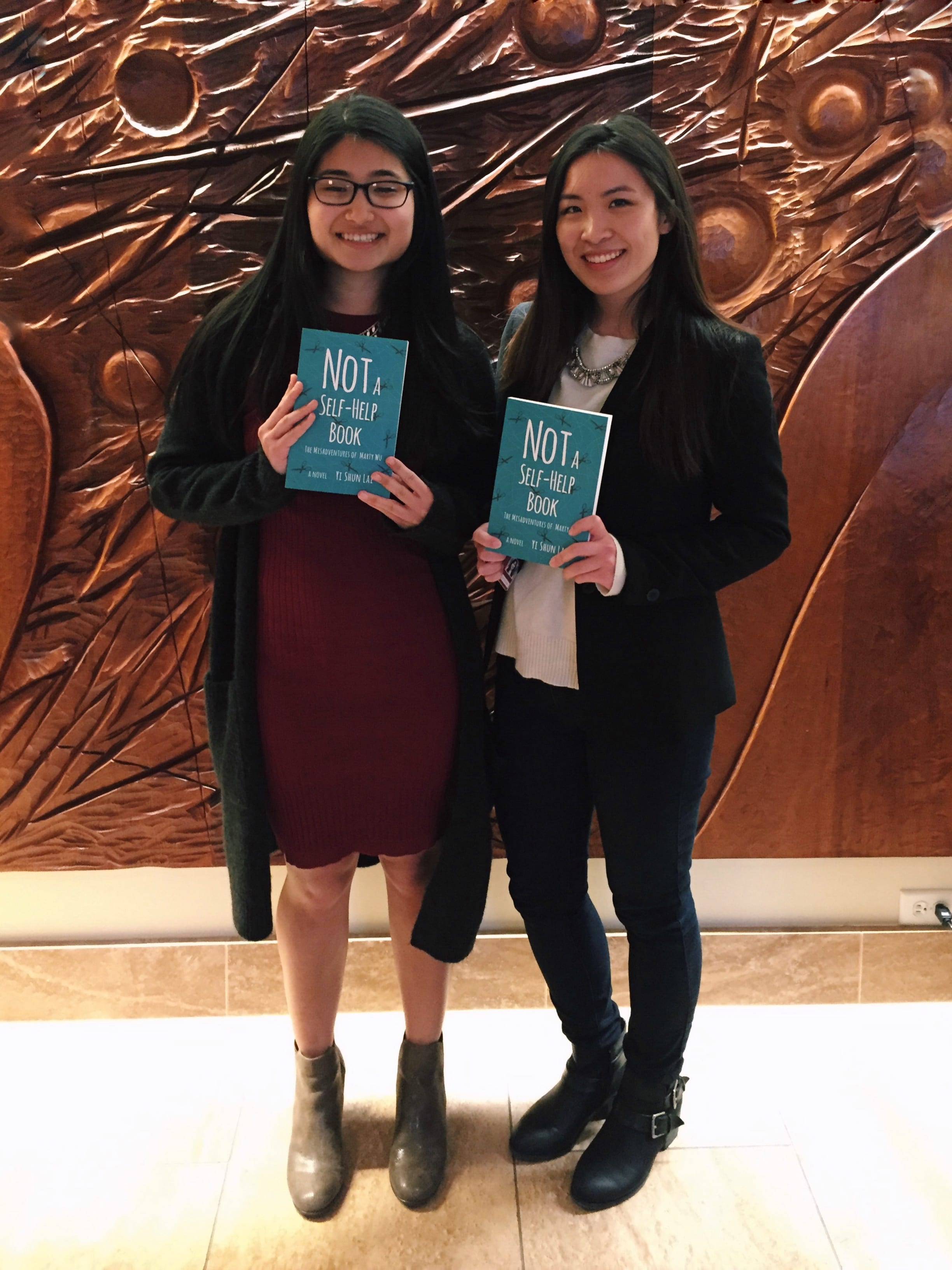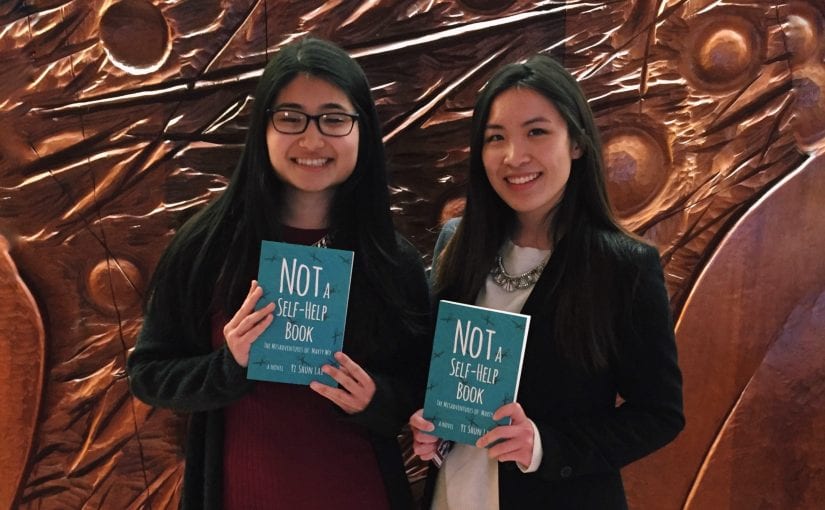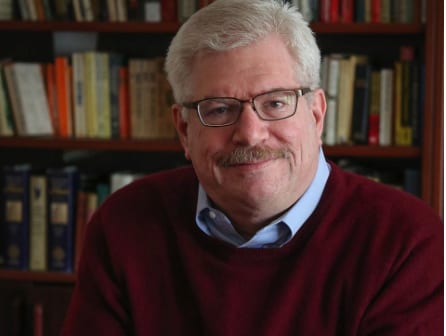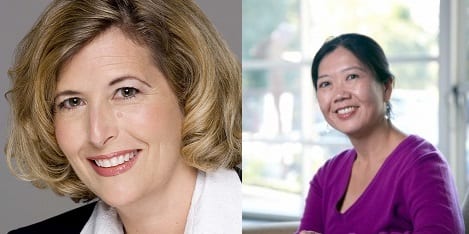This week at the Athenaeum, I had the pleasure of attending a panel discussion regarding the current state of the book publishing industry and the representation of diversity in the field. The panel consisted of author and CMC alumni Yi Shun Lai ’96, executive editor Rachel Kahan of William Morrow and Company, and book publicist Kima Jones of Jack Jones Literary Arts.
The highlights of the panel discussion touched upon the economic and social challenges in the publishing industry. For instance, entering the industry can be difficult for those who are financially unable to take on an unpaid internship, since this opportunity serves as a launching pad into the industry. Financial stability can be an issue, too. Yi Shun Lai, also a literary editor at the Tahoma Literary Review and the Los Angeles Review, said her first post-grad publishing job only paid $18,000/year. To get by in New York, she survived off of “bar food and ramen.”
The panelists also highlighted the social challenges that marginalized groups face to become published: female writers struggle to achieve the same respect as their male counterparts, and the publishing industry is concerned that the POC viewpoint may not be relatable or marketable enough for a mass audience.
Despite shedding light on the challenges of the industry, the panelists remained optimistic about the future of the publishing industry becoming more diverse. Kahan believes that the industry underestimates their readers’ ability to empathize and learn from the narratives of diverse voices. They’re calling for publishers and readers alike to demand more diversity in the field and encourage all literary enthusiasts to continue pursuing their passions.
Didn’t make it to the talk? Check out the link featuring panelist Kima Jones’ commentary on diversity in the publishing industry.

By: Sharon Chiang ’17



